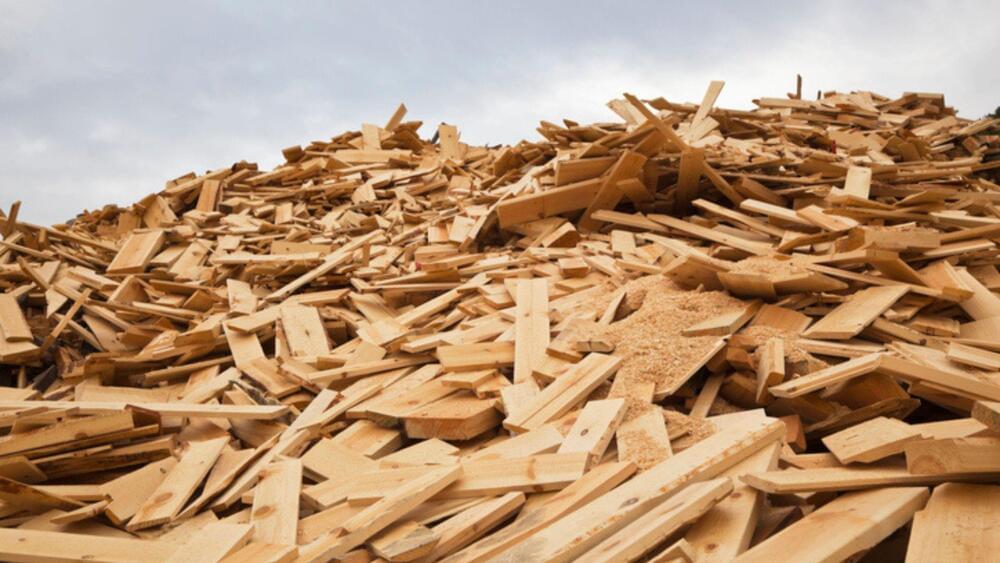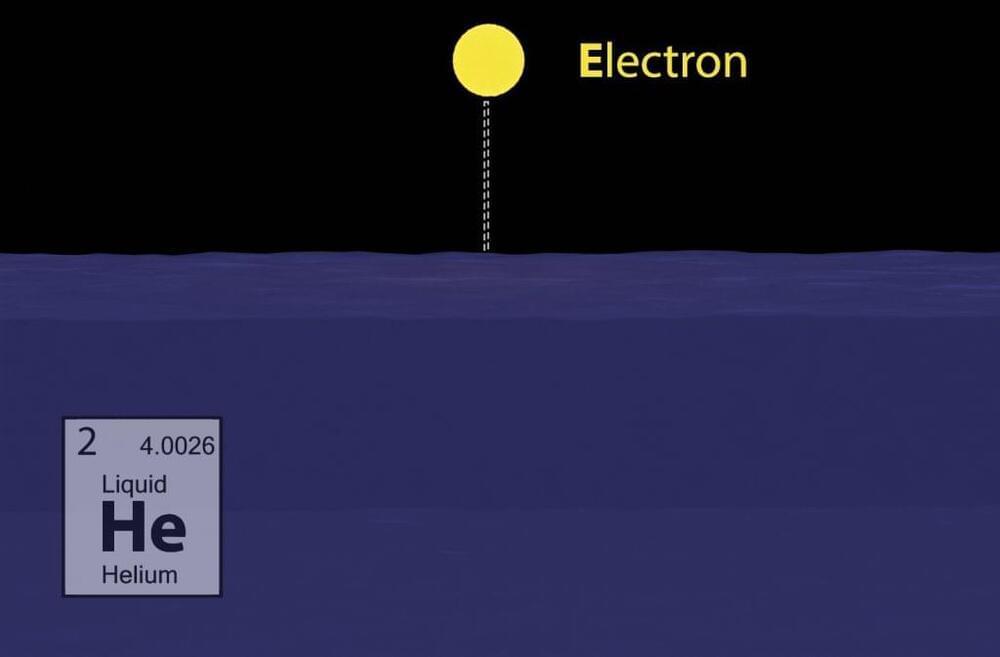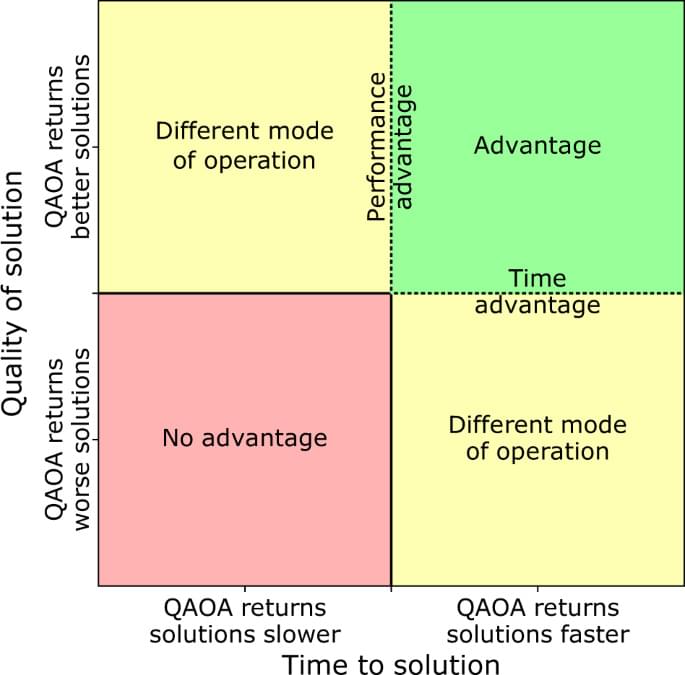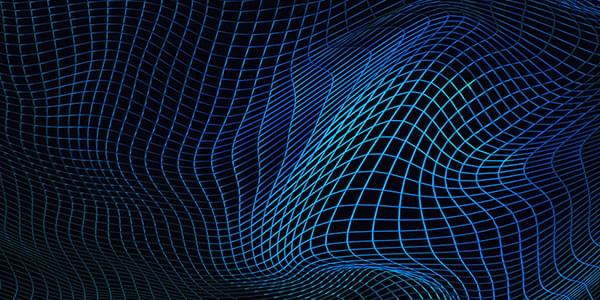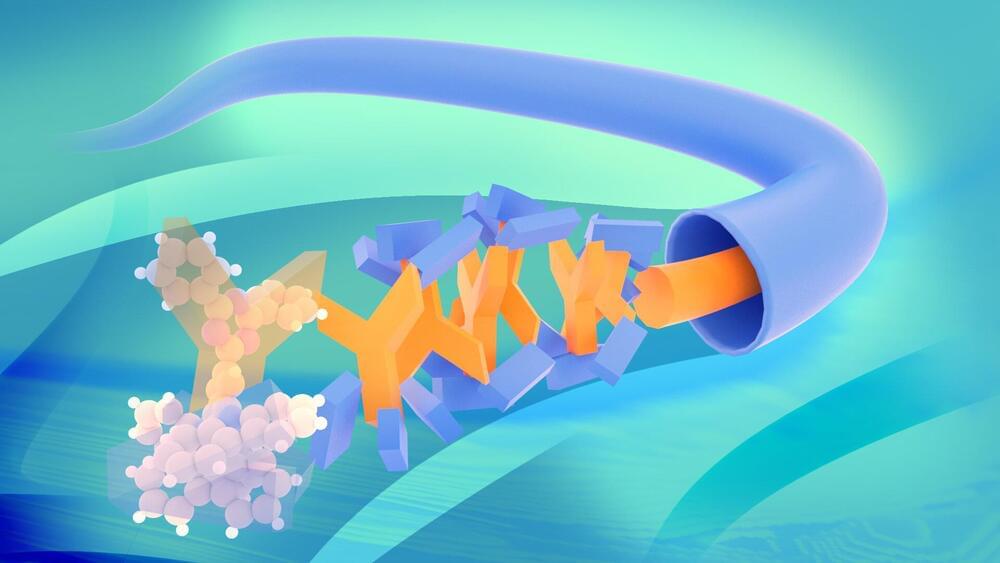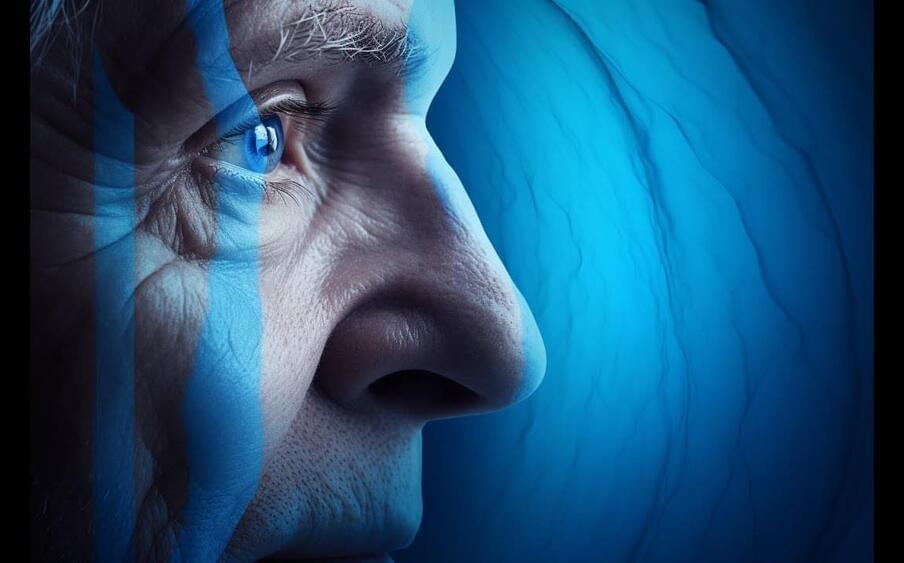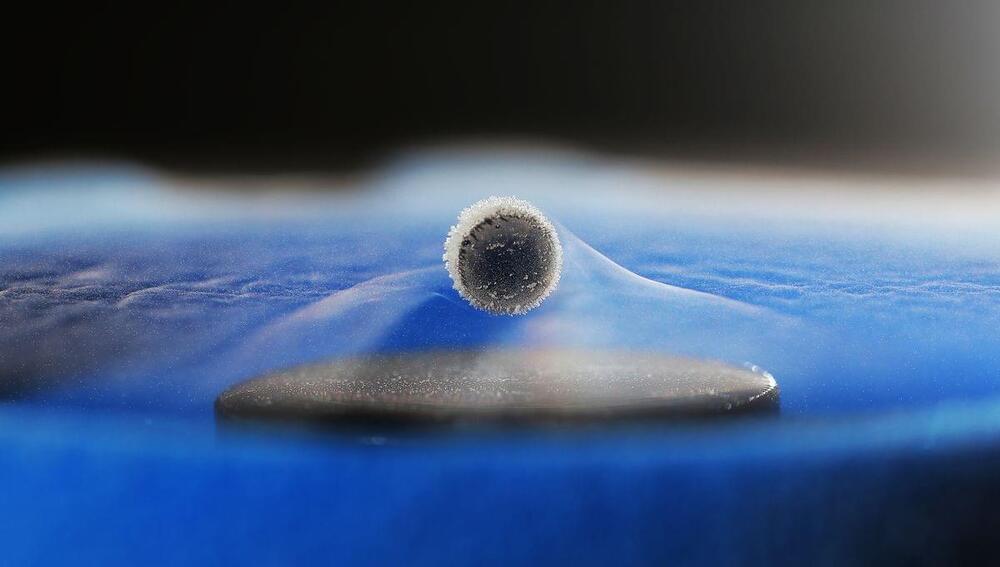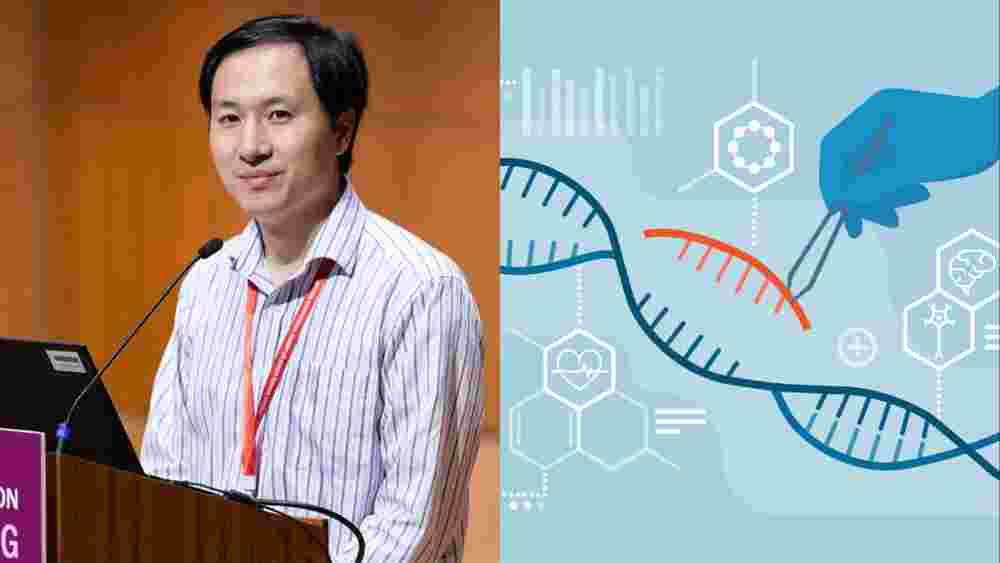Jul 26, 2023
DARPA will soon make strong and reusable scrap wood
Posted by Quinn Sena in categories: materials, sustainability
It turns out there’s a lot of scrap wood produced by the US Army. According to the US Army Corps of Engineers, more than 80 percent of solid waste produced at the Department of Defense (DoD) forward operating bases consists of scrap wood, cardboard, and paper. This equates to almost 13 pounds of waste per soldier per day that could be reused if handled properly, reducing garbage and supplying useful materials for construction.
DARPA’s new Waste Upcycling for Defense (WUD) program aims to produce a process for turning scrap wood, cardboard, and paper into lightweight, strong, and sustainable materials for reuse in a variety of DoD environments.
